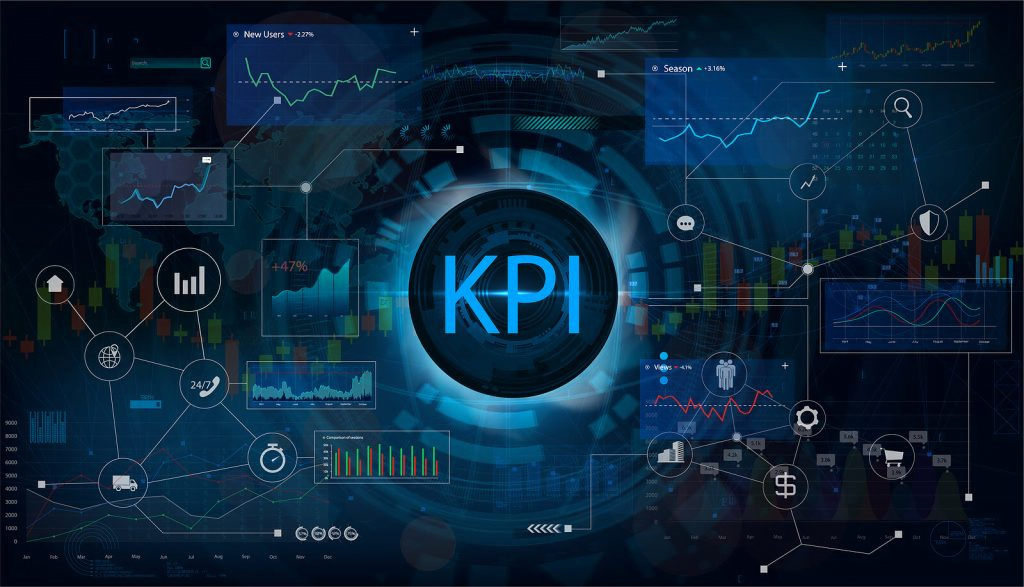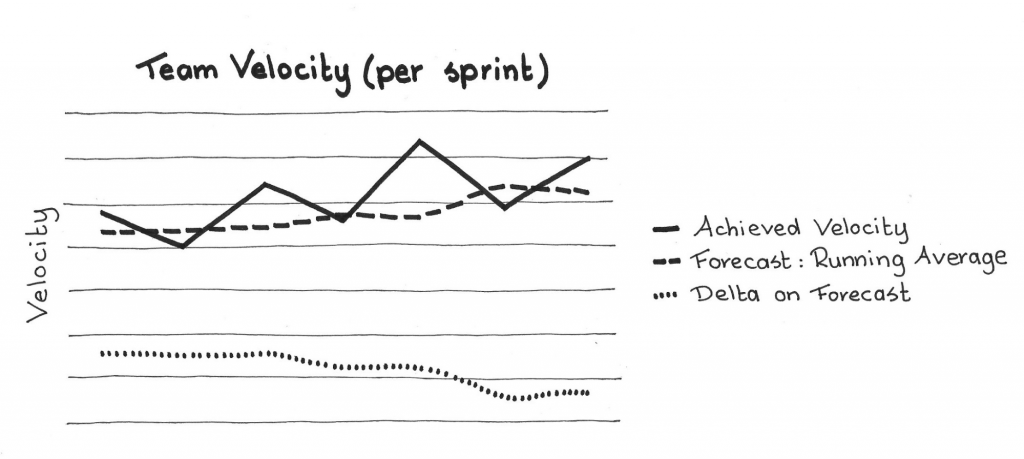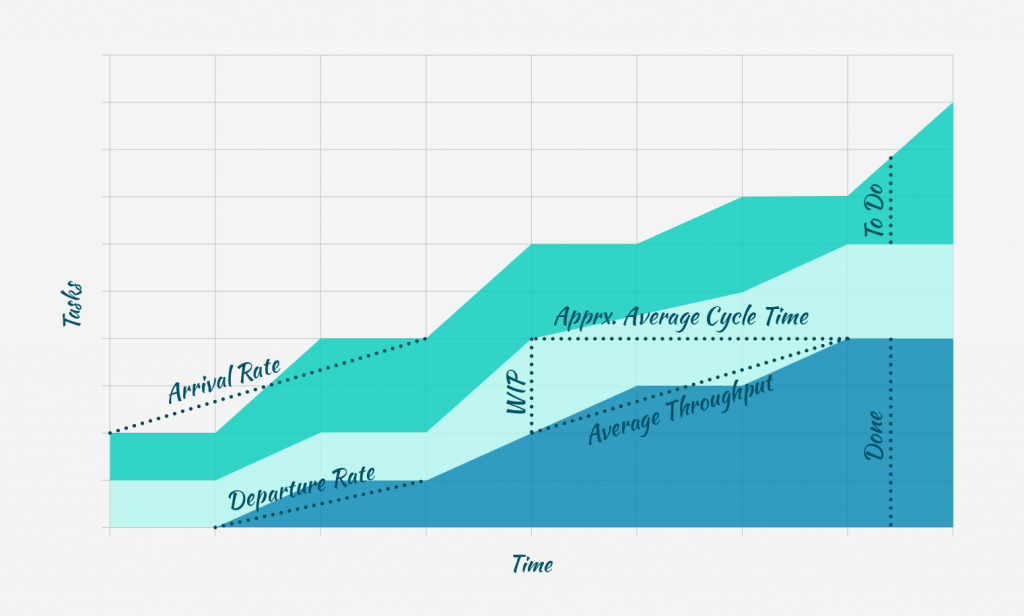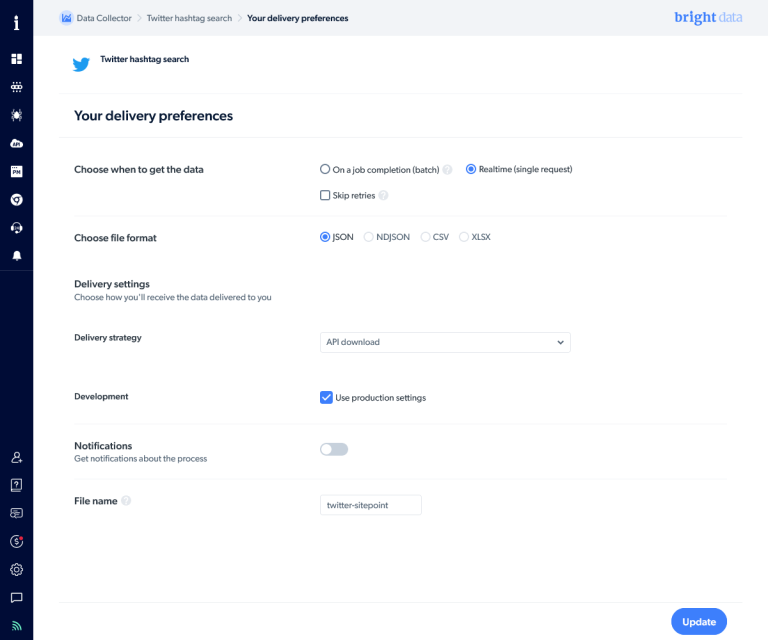It’s essential every software engineering team must keep track of their performance through a set of selected indicators called KPIs.
Before going into further details, you need to understand what KPI is.
What is KPI?
Table of Contents
KPI Stands for Key Performance Indicators. It is a measurable value through the performance of a business organization can be gauged. It is used to keep track of how efficiently organizations are achieving their goals and objectives.


High-level KPIs are set to measure the overall business performance; on the other hand, low-level KPIs focus on department processes such as HR, marketing, sales, customer support, etc.
Significance of KPIs in Software Development Space
KPIs are valuable assets of any business organization. Most of the recognized Software Development Companies blindly set their KPIs, and later on, they fail to deliver a product on time. At that time, it becomes sturdy to identify what causes the problem.
This usually happens because they overlook the importance of setting the right KPIs.
When developing a strategy for setting KPIs, every team should primarily focus on their business objectives, plan how they can be achieved and which necessary actions are required to be taken to achieve them.
To highlight the importance of KPIs in a crystal-clear, let’s take an example.
You’re leading a project where no KPI metrics are tracked. It will become really strenuous for you to track the performance of your team.
Well, the truth is, if any organization wants to achieve its business goals optimally, they need to make sure that your developed software meets all the requirements. To do so, it’s imperative to set KPI engineering metrics and integrate them into the product development process.
Setting up KPIs for your software development team makes it easier to deliver quality products and avoid missing deadlines. You’ll get a productive team capable of delivering fantastic quality products.
Now let’s dive in to find out more software development KPIs.
Four Software Development KPIs that matter today
Sprint Burndown
Software teams organize their software development tasks into sprints. This KPI is set to measure how much work your team has completed in a sprint.
Advantages of Sprint Burndown KPI
- A sprint burndown helps teams to identify any roadblocks that can affect their performance.
- Measuring sprint burndown helps in checking whether your team is on track to meet the forecast.
- A sprint breakdown chart can facilitate managing the progress of your team. During the development process, if your team realizes it cannot achieve their sprint goal, they can take necessary actions to keep their performance on the track.
Sprint Burndown Charts have two-axis, x, and y. The x-axis represents time, while the y-axis represents the remaining work.
Time can be measured in story points or hours.
There are no hard and fast rules. You set your statistics according to your business requirements.
The main goal is to complete all the tasks before the sprint ends.
You can use tools like Jira Sprint Breakdown to develop charts to measure your team’s workflow efficiently.
Cycle Time
It is a software development KPI that measures how much time your team spends working on a particular task. Product Owners and Scrum Masters use Cycle Time charts to track the development process and control it.


Advantages of Cycle Time KPI
- It provides detailed information regarding the overall team performance.
- It helps in estimating the time it will take to complete future tasks.
- You can easily identify any slowdowns and bottlenecks that can affect the workflow.
Cycle time is equal to the end date (when a team completes a task) minus the start date (when the team starts working).
To explain this further, let’s take an example.
If a team starts working on January 20 and finishes the work on January 30, then the cycle time is nine days.
Your team can substitute days with even sprints if they work efficiently.
Team Velocity
Team Velocity, another software development KPI, helps in measuring the amount of work your team does during a sprint. The amount of work a team does is measured in hours or story points.
Through velocity, product owners can calculate how efficiently through backlog a team can work. The velocity index varies from team to team. It’s not a good idea to adopt another team’s velocity.


Let’s take an example. Being a product owner, you want to complete 200 story points in the backlog. You know that your team is capable of completing 100 story points per iteration.
Knowing that it’s easier for you to predict to complete 200 story points means that the team needs two iterations to complete the work.
Advantages of Team Velocity KPI
- It’s pretty helpful for prediction.
- With its help, product owners can plan future sprints.
- It helps in understanding if the team is facing any issue or if your recommended changes are implemented.
Cumulative Flow
Cumulative Flow KPI helps in visualizing the workflow of your software development team. It helps in keeping track of tickets shifting from one to another status during the development process.


Using Cumulative flow charts helps in visualizing the three most essential software engineering metrics.
- Cycle time
- Work in progress
- Throughput
Advantages of Cumulative Flow KPI
- Cumulative flow also helps to identify bottlenecks.
- It is useful for the team because it helps to ensure the consistency of workflow.
- It showcases the stability of workflow.
Through cumulative flow charts, it’s easier to comprehend how development processes can be made more predictable.
Summing Up
Sprint Burndown, Cycle Time, Team Velocity, and Cumulative Flow are those four most essential KPIs that matter in the software development space.
For favorable outcomes, it’s essential to measure team performance through these software engineering KPIs.
You’ll be able to manage your team and get detailed insights into the development process.
It’s not essential to only implement those we’ve discussed. You can always look out for other software development KPIs necessary and suitable for your software development team.
If you’re tired of dealing with low-quality products, code failures, and missing deadlines, start implementing the software development KPIs and put a forever full stop on a vicious cycle of failures.






